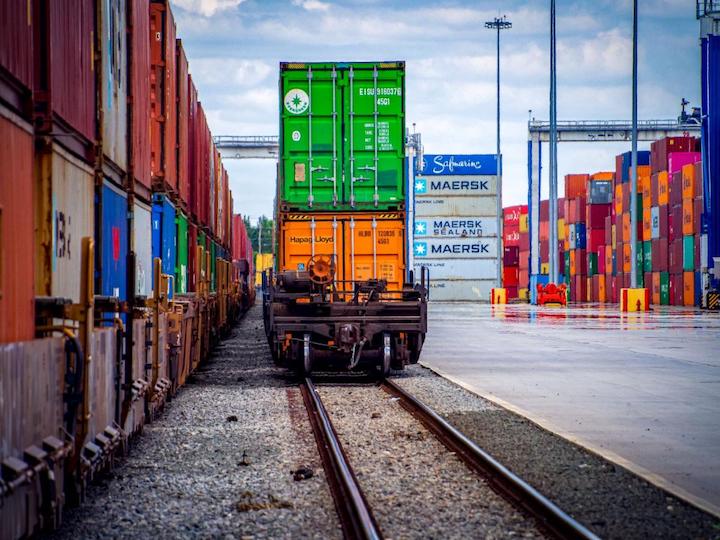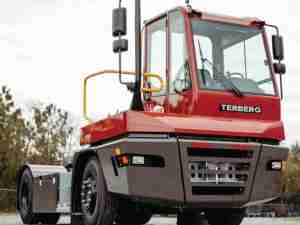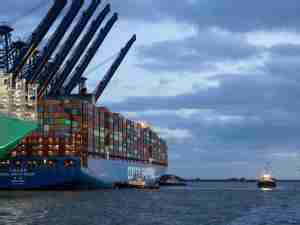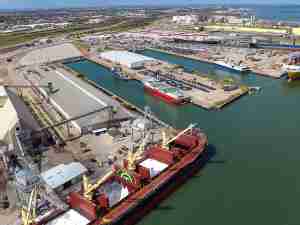South Carolina Ports maintains efficient operations, fluid terminals and available berths for customers while supply chains remain strained during the global pandemic.
Congestion at other ports caused delays and fewer ship arrivals, resulting in lower than expected volumes in February. SC Ports remains fluid and uncongested with efficient operations amid supply chain challenges.

SC Ports anticipates a continued rebound in fiscal year 2021 and noted strength with inland ports and vehicles in February.
SC Ports’ two rail-served inland ports had strong cargo volumes, particularly Inland Port Greer, which had a record February. Inland Port Greer reported 14,418 rail moves, up nearly 5% year-over-year. Inland Port Greer has handled 102,772 rail moves thus far in fiscal year 2021, up nearly 3% year-over-year.
Inland Port Dillon reported 2,823 rail moves in February and 24,593 rail moves fiscal-year-to-date, up 7.4% year-over-year.
“As retail imports continue to boom during the pandemic, the ability to quickly move goods from ships to the hinterland via rail is paramount,” SC Ports CEO Jim Newsome said. “Cargo owners benefit from SC Ports’ fast import transit to population centers — with intermodal imports arriving at the rail heads within 24 hours — and overnight rail service to Inland Port Greer and Inland Port Dillon.”
Vehicle volumes remained steady as automakers continue to see strong demand globally. SC Ports handled 17,555 vehicles at Columbus Street Terminal in February. Thus far in fiscal year 2021, SC Ports has handled 165,528 vehicles, up nearly 11% from the same time the year prior.
SC Ports moved 182,269 twenty-foot equivalent container units (TEUs) across the Port of Charleston’s Wando Welch and North Charleston container terminals in February. The Port has handled more than 1.61 million TEUs thus far in fiscal year 2021, from July through February.
SC Ports handled 101,609 pier containers — which account for cargo boxes of any size — in February, bringing the fiscal-year-to-date total to 897,910 pier containers.
“By investing more than $2 billion in terminal infrastructure, we are able to deliver unmatched vessel and cargo fluidity to our customers,” Newsome said. “We remain focused on providing congestion-free terminals and available berths to keep the supply chain fluid.”










